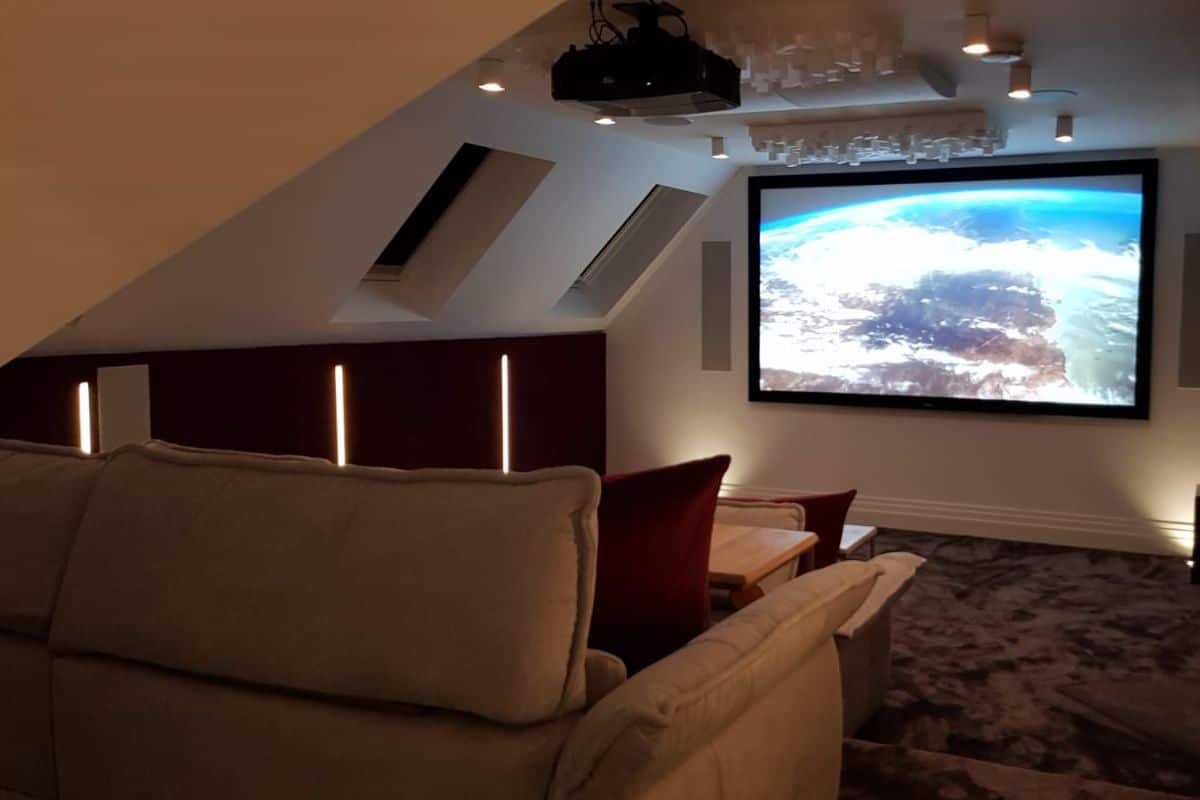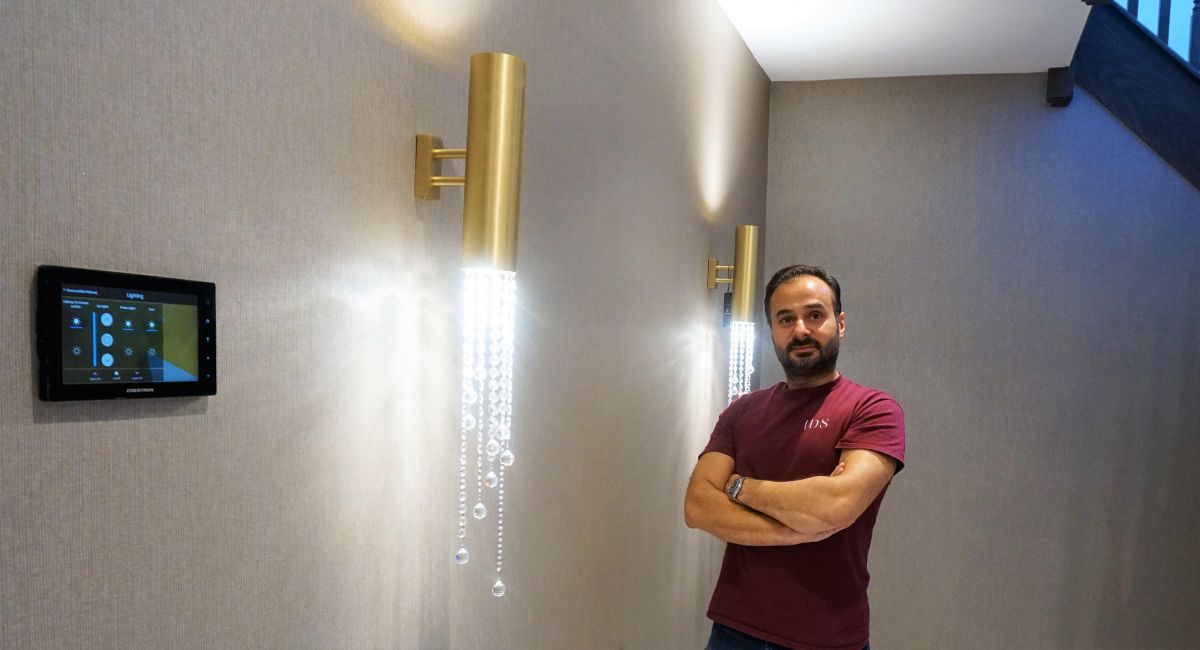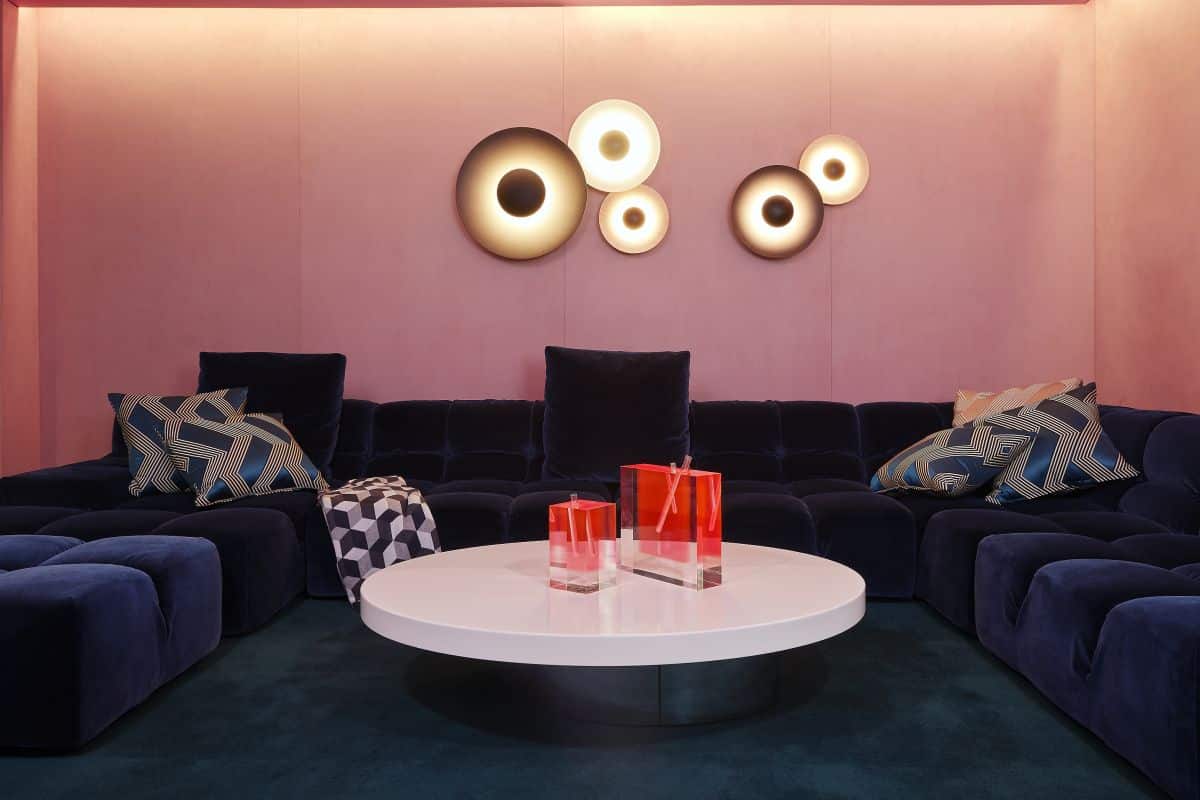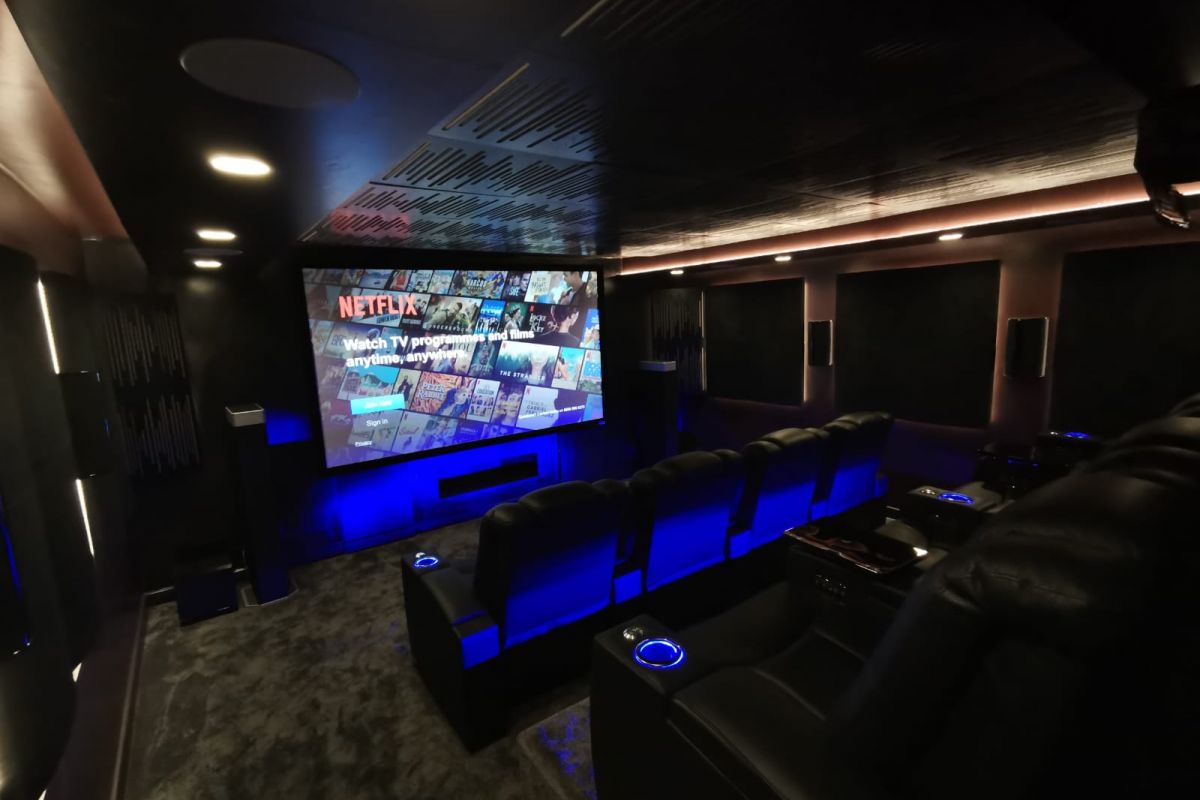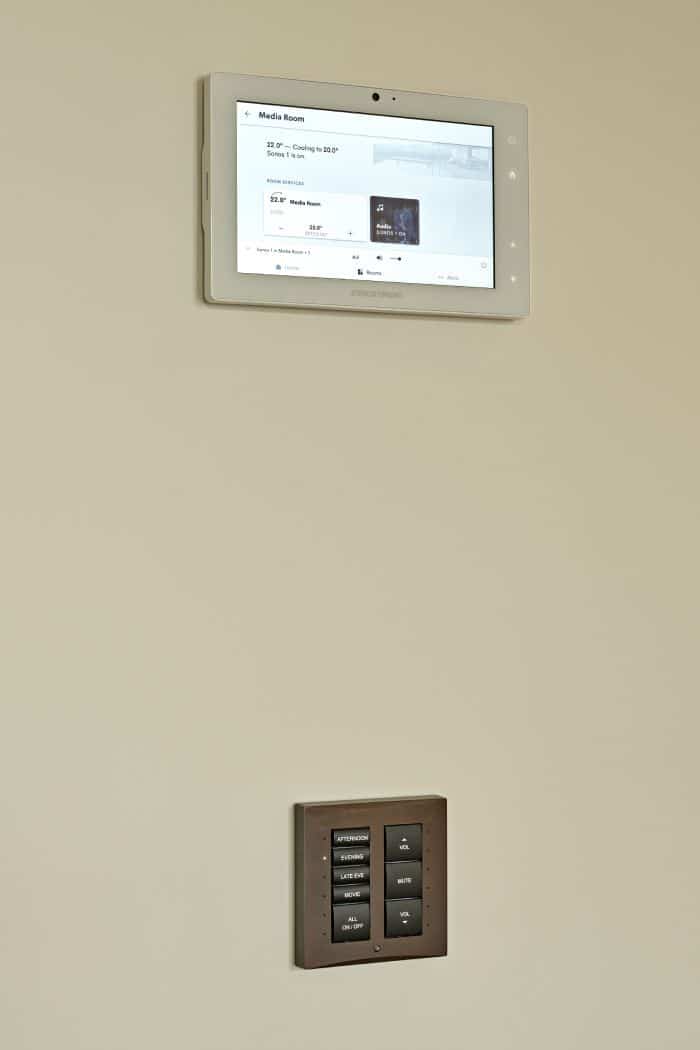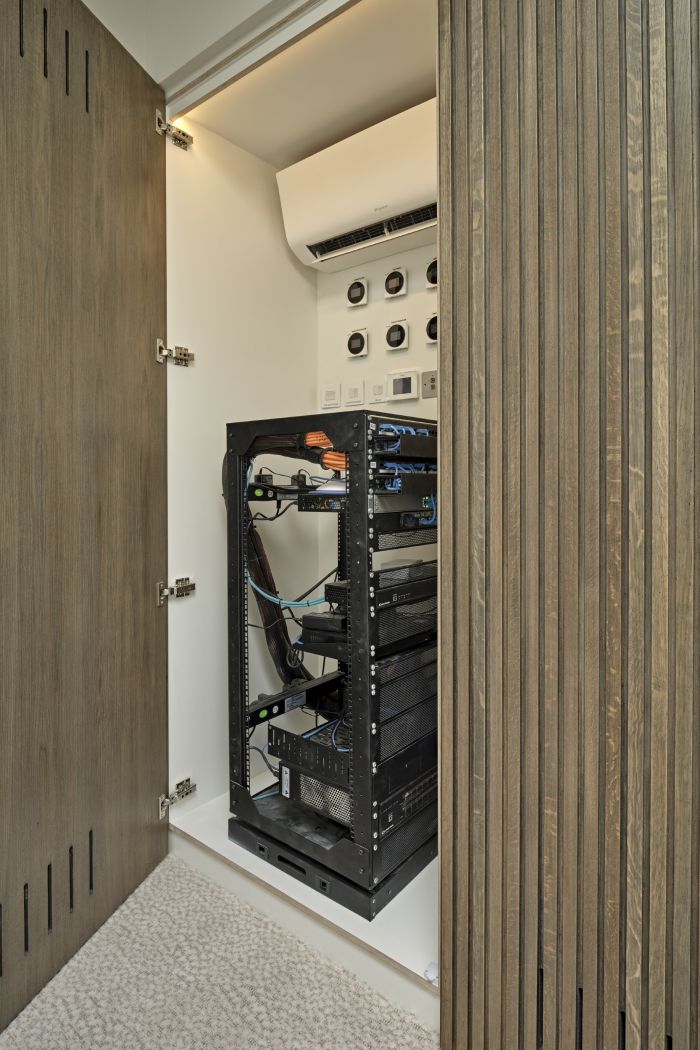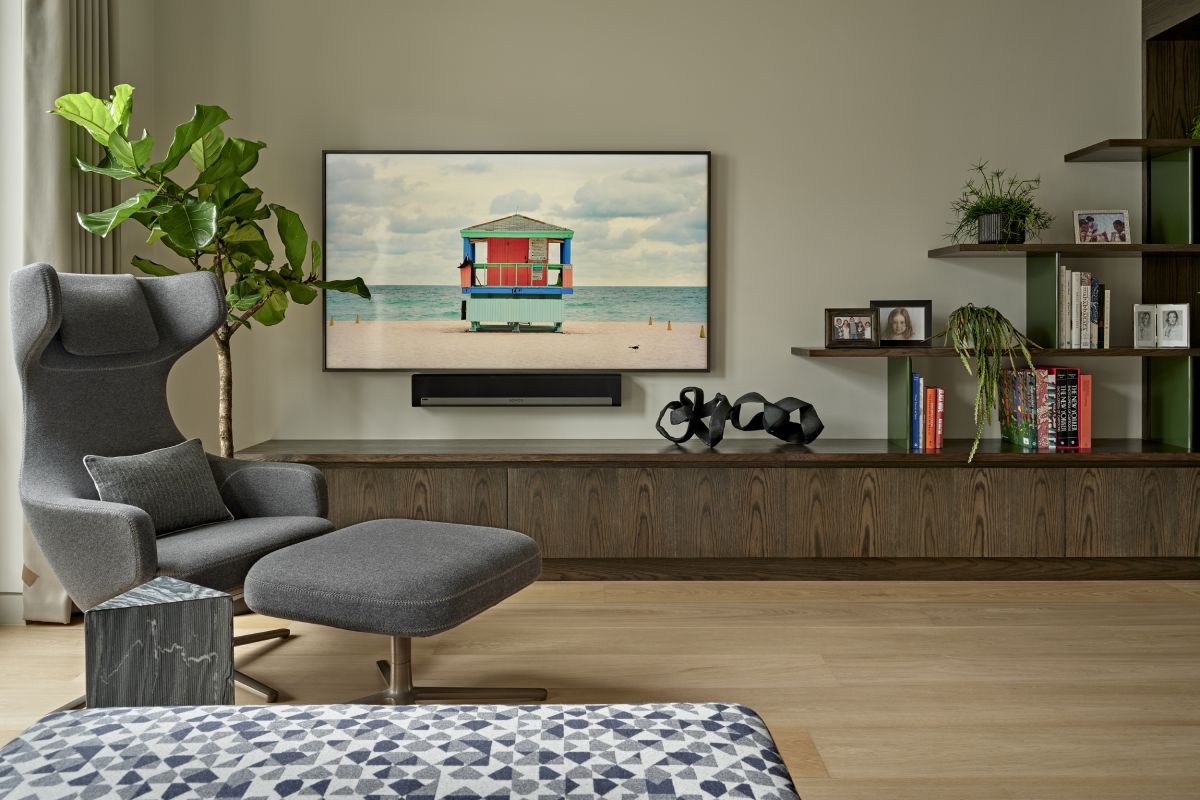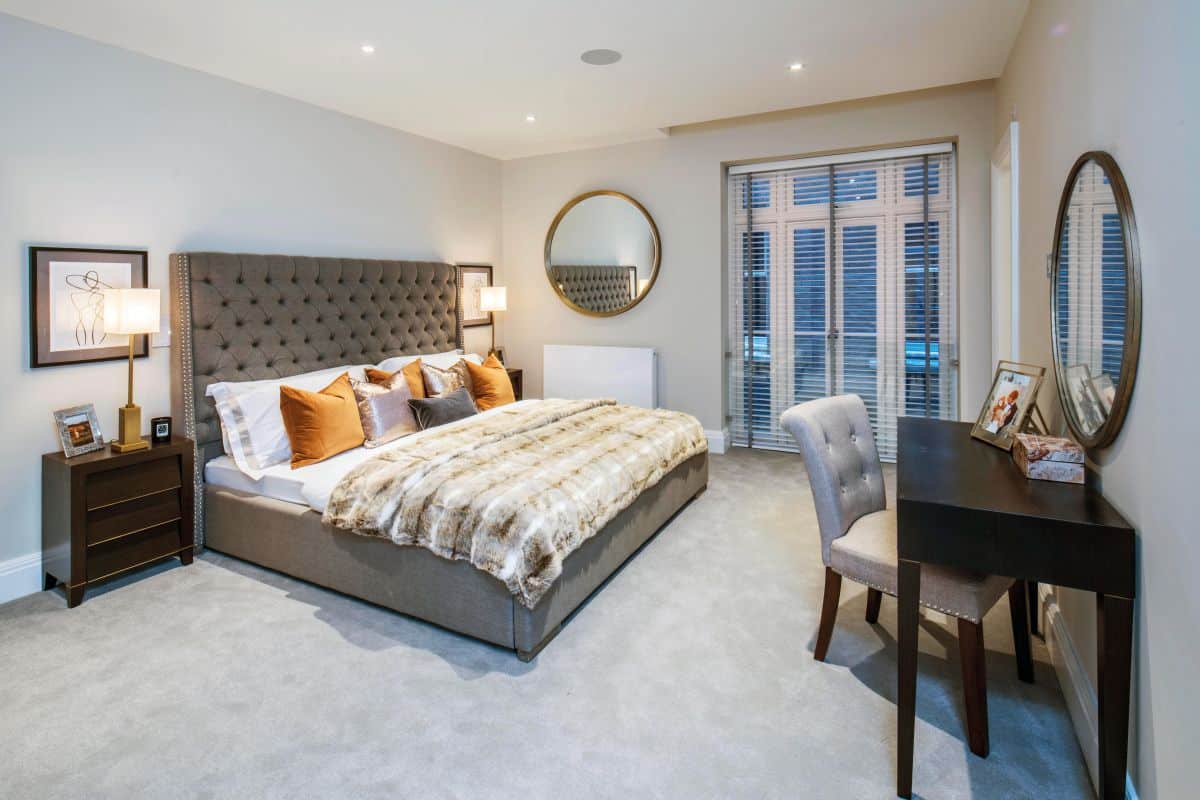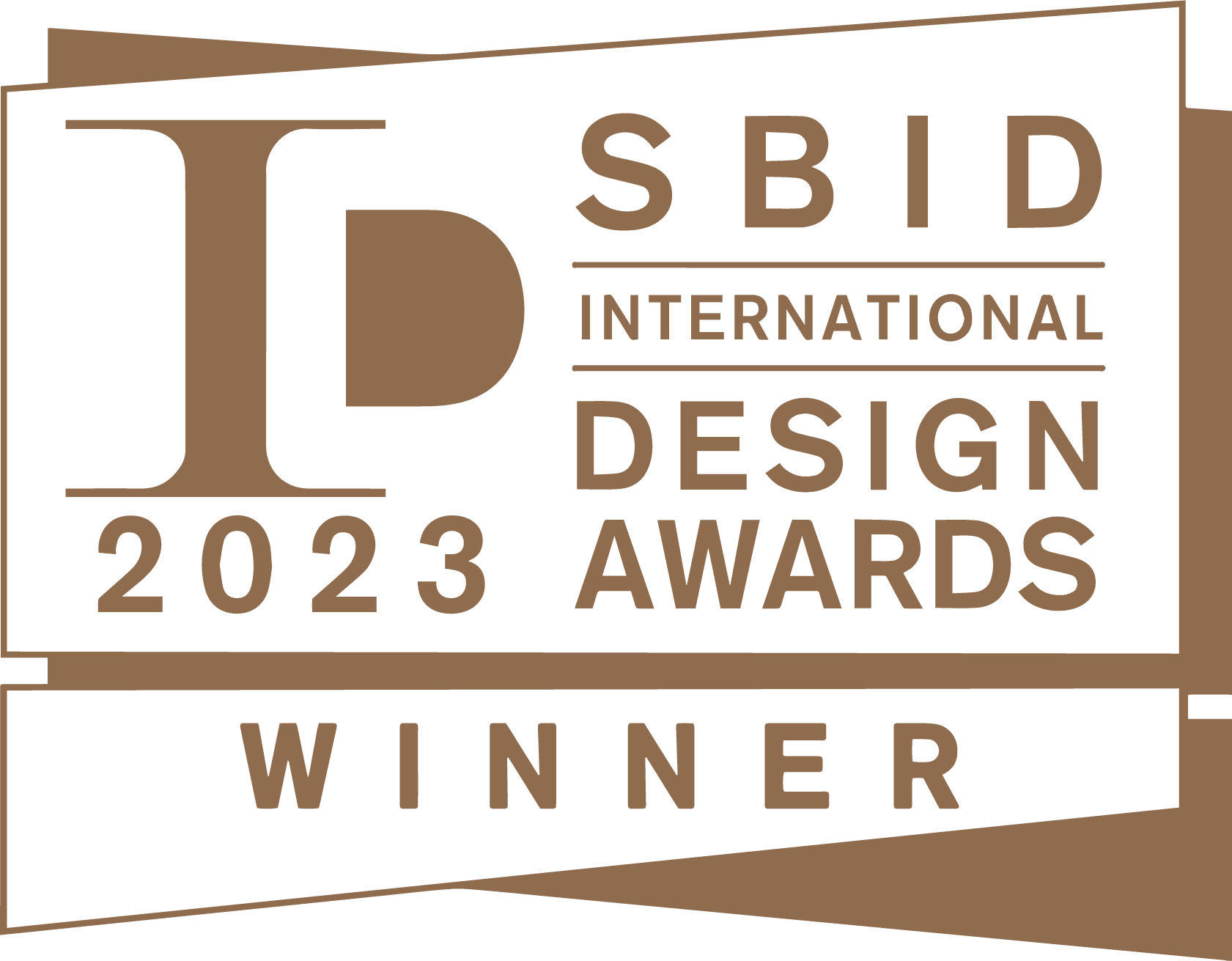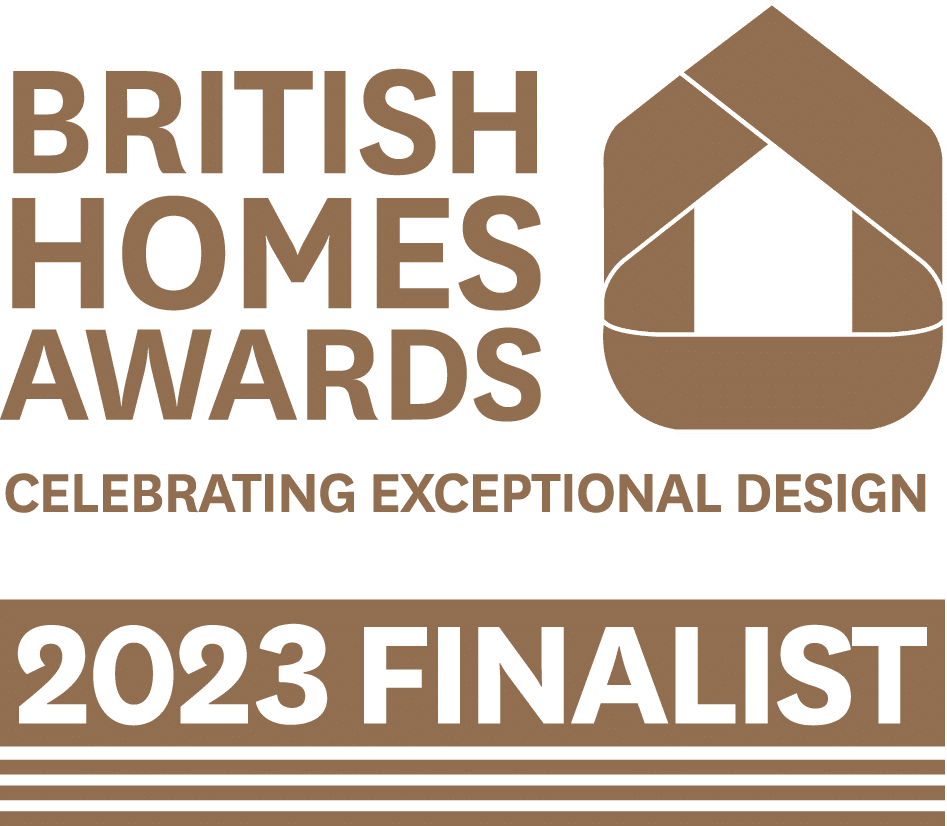9. What problems do you foresee with voice activation in the home? E.g. accents, children being able to activate certain things.
Voice activation is still at an embryonic stage and so in the next decade or so, the advancement in technology will accelerate and we will have far more advanced systems. Currently there are still problems with responsiveness and accuracy in accent identification.
Its built-in AI (artificial intelligence) still has some way to go, but we can’t take away how impressive these systems actually are!
We are still able to trigger simple devices such as electronic blinds, turn on/off a TV, turn lighting on/off, make announcements (which my 4 and 2 year old kids are constantly doing throughout the day!) and most commonly, play music through Spotify or provide news or weather updates.
10. What are some ways you can make home automation work personally for you and your lifestyle? E.g. Automatically playing your preferred radio station in the mornings.
The beauty of an automation system is that it is designed, implemented and programmed based on the user’s lifestyle and needs. So it’s totally bespoke, and is designed to simplify one’s life.
For example, if you want to wake up in the morning at a specific time, you can program the system to open the blinds, play your favourite playlist and turn on specific lights so that it creates the perfect environment the moment you wake up.
Similarly, in a home cinema we are able to program the room to each person’s desired specification within a household. We can ensure that certain lighting levels and circuits will turn on, the screen will drop down, the projector will turn on, it will be set to the desired source e.g. Netflix, and the cinema seat may recline to the user’s favourite position, as well as the desired temperature within the room.
This can all be done at the touch of one button – we could put each resident’s name on a touch panel and with one tap of that button it will transform a room perfectly designed for that individual. Now that is automation!



